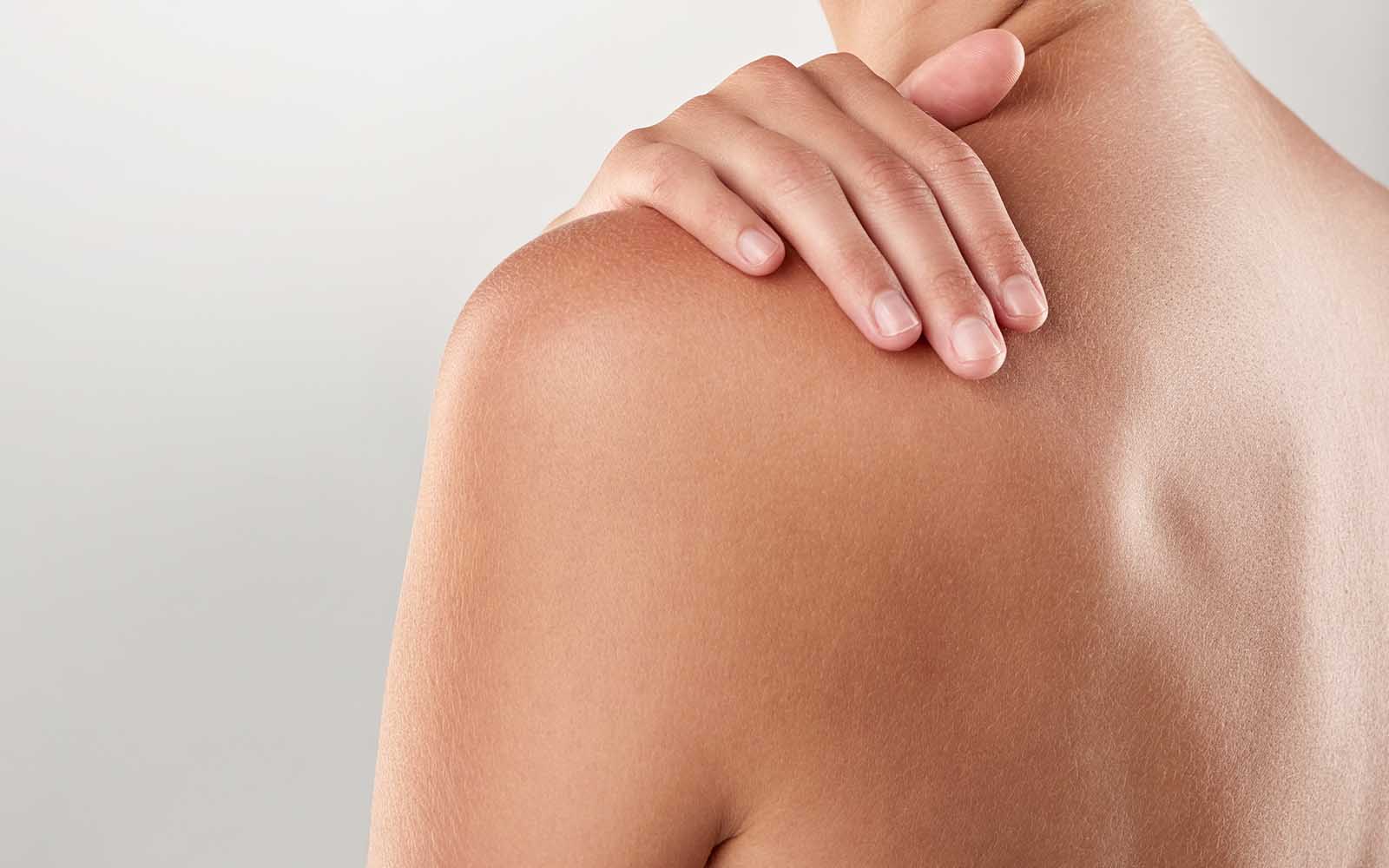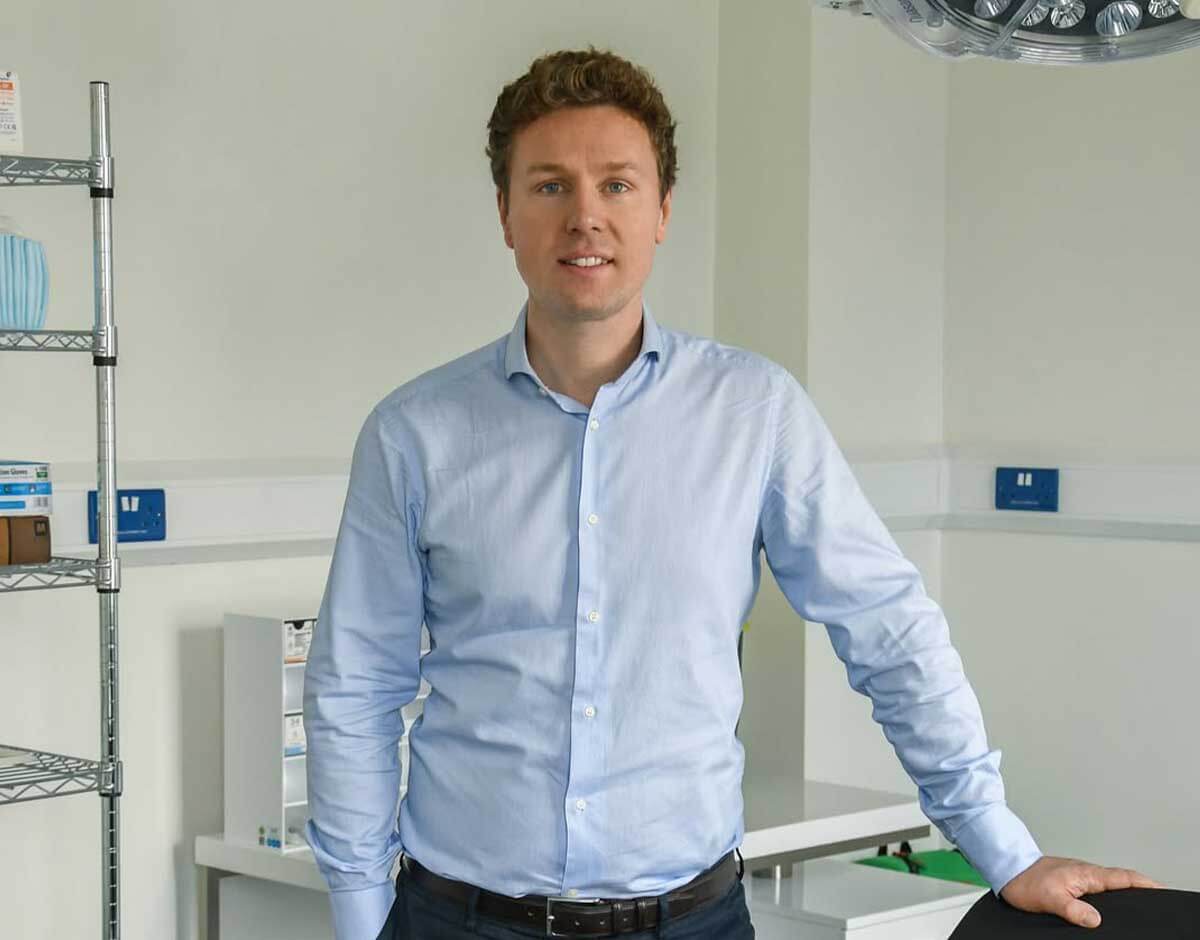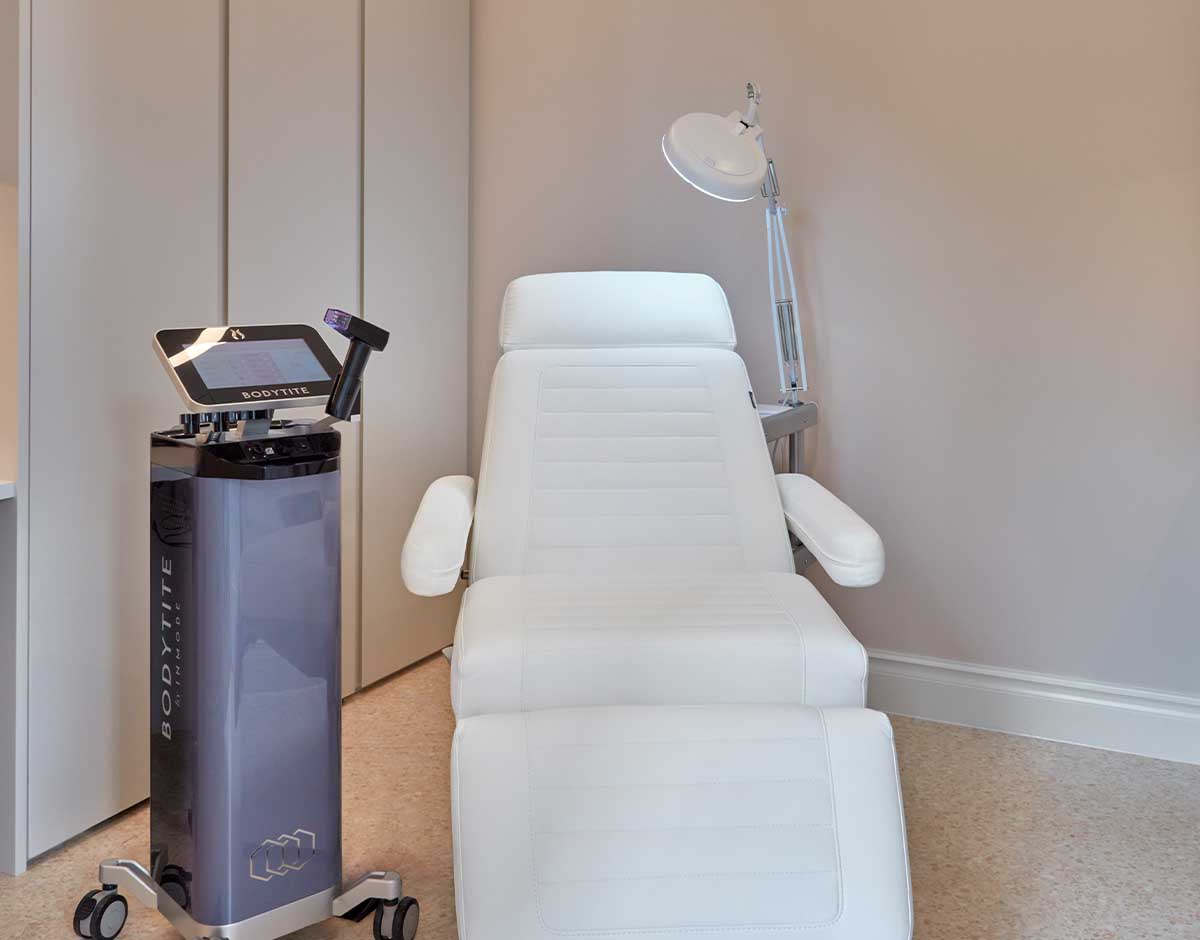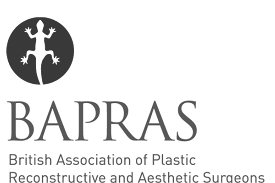-
What are lipomas?
Lipomas are common, non-cancerous lumps that form under the skin. They are usually soft, mobile, and often painless. Lipomas can occur in any part of the body, but they are most commonly found on the neck, shoulders, back, and arms. These lumps are made up of fat cells and can vary in size, with some greater than 10cm in size.
-
Who is lipoma removal surgery suitable for?
Lipoma removal surgery is suitable for individuals who have lipomas that are causing symptoms, affect their daily activities or simply dislike the appearance. Jonathan will assess the size, location, and characteristics of your lipoma during the consultation that you’ll have with him before any surgery can take place.
-
What happens at your first lipoma removal surgery appointment?
Jonathan will examine and assess your lipoma to determine the best course of action. This may include discussing the risks and benefits of the surgery, as well as any alternative treatment options. He’ll also explain the procedure in detail, including the anesthesia used and the expected recovery time.
-
Will lipoma removal surgery be painful?
Lipoma surgery is performed under local anaesthetic, which numbs the area being operated on, minimising any discomfort. Most patients report feeling pressure, or pulling sensations, rather than any pain during the surgery. After the surgery, there may be some discomfort at the site of the incision, but this can be managed with over-the-counter pain relief.
-
How long does lipoma removal surgery take?
It varies depending on the lipoma itself, but generally the surgery takes around 30 – 45 minutes.
-
What results can I expect from my lipoma removal surgery?
Once the lipoma has been removed, you should be left with a flat contour. Jonathan will do his best to minimise any scarring.
-
Are there any risks associated with lipoma removal surgery?
Jonathan will run through the risks of lipoma surgery with you during the consultation. He’ll talk to you about what to do if you have symptoms of infection afterwards, or if any other symptoms occur. However, this procedure is very safe and the associated risks are low.

Lipoma Removal
Skin
Lipomas are benign tumors made up of fat cells, which develop under the skin. While they are usually harmless, they can cause pain and discomfort, be unsightly, and affect a person’s quality of life. Lipoma removal surgery can eliminate the discomfort caused when larger lipomas press against surrounding tissues, and it can restore a smooth and flat skin contour. Occasionally multiple lipomas can present and need removal, and when associated with other signs such as bruising can be diagnosed as Dercum’s disease.
What happens during lipoma removal surgery?
Lipoma removal surgery is a common procedure performed quickly under local anaesthetic. Jonathan will make a small incision over the lipoma and carefully remove it from the surrounding tissue. Stitches will then be used to close the incision. You’ll be able to go home straight after the procedure.
Why choose Jonathan for your lipoma removal surgery?
Jonathan is an experienced surgeon with an extensive proven track record of successful lipoma removal procedures. His expertise in this field ensures that you will receive the highest quality of care at our clinic in Belgravia, and achieve optimal results. Taking the time to thoroughly assess each individual case, Jonathan will tailor his approach to meet your specific needs.
Faqs | Lipoma Removal
“I went for what I thought was a consultation, had to have a mole removed and booked in for 40 mins later over and done with in 10 mins. Kept informed of what was happening at all time by both the dermatologist and the plastic surgeon. I would thoroughly recommend.”
Client Review











